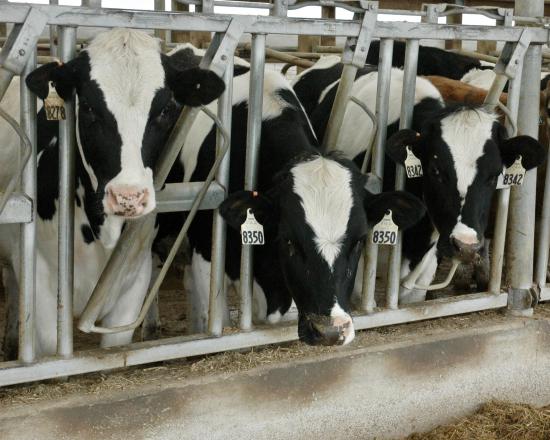There’s money in manure for California dairy farmers with anaerobic digesters that capture methane, a potent greenhouse gas, from their cattle’s manure.
The credits, available through California’s Low Carbon Fuel Standard and the federal Renewable Fuel Standard, are worth half as much as the milk produced by the dairy cows.
Dairy cows produce an average of 22.5 million BTUs of methane in their manure annually, so the credits are worth $1,834 a year.
In addition, methane digesters can earn RFS credits, wrote Smith.
“Thus farmers are paid to reduce their methane emissions, and they produce a little biogas for transportation as a byproduct,” wrote Smith.
Only a sliver of the nation’s 40,000 dairy farms have digesters, often mentioned as a way for the farms to reduce their carbon footprint.
The combined cost of building and operating a digester on a large dairy farm is $636 per cow, per year, based on a 10-year amortization of capital costs, said Smith.
“A lack of sustainable, reliable markets for the energy produced on the farm has resulted in digesters not being economically viable for many farmers,” said Melvin Medeiros, a California dairy farmer, at a House Agriculture subcommittee hearing on Thursday.
Also at the House hearing, the National Cattlemen’s Beef Association said ranchers should be compensated for such conservation work as carbon sequestration or preserving wildlife habitat.
Nitrous oxide, from sources such as tillage and fertilizers, accounted for a bit more than half of agricultural emissions in 2018.
